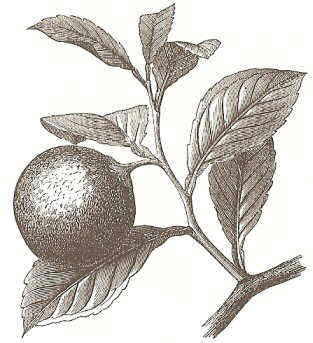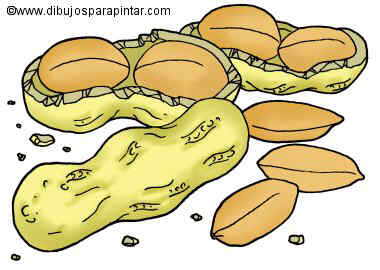Contents
- 1 Advantages of whole wheat bread compared to white bread
- 1.1 Differences between whole wheat bread and white bread
- 1.2 Advantages of whole wheat bread: it satisfies more and is better digested
- 1.3 Whole wheat bread is more nutritious than white bread
- 1.4 Differences between whole wheat and white bread
- 1.5 Fluffy white and whole wheat bread
- 1.6 Whole wheat bread is denser
- 1.7 Flavor of whole wheat and white bread
- 1.8 Salt content of all types of breads
- 1.9 Whole wheat bread and the absorption of calcium and iron
- 1.10 Refined bread loses nutrients
- 1.11 Do we know what we eat?
- 1.12 White bread is more addictive
- 1.13 Whole wheat bread, more satiating
- 1.14 Reconstituted bread, rich in fiber but not whole grain
- 1.15 Where to buy fermented whole wheat bread?
Advantages of whole wheat bread compared to white bread
Differences between whole wheat bread and white bread
The difference in taste and texture between white and whole wheat bread is one of the most notable changes for the consumer when choosing a whole wheat bread. Whole wheat bread is a denser and tastier bread than white bread. It lasts soft for up to a week and presents all the benefits of the components of the grain.

As explained in this article, bread varies its properties according to its composition and the method of preparation:
Advantages of whole wheat bread: it satisfies more and is better digested
Whole wheat bread is made with yeast or sourdough, that is, with the fermentation that occurs by mixing whole wheat flour and water, and letting it rest at a controlled temperature. These reactions that occur in the food naturally increase the digestibility of the food.
Bread fermentation breaks down the starches in flour into simple sugars, which are more digestive, such as maltose.
The yeasts present in the flour ferment producing gases and changing the pH of the dough, which in turn modifies the structure of the protein in bread, gluten. These are the changes that originate the swelling of the bread dough, which fills with air bubbles and changes the texture, producing a spongy bread.
After fermentation, in some cases nuts, seeds or aromatic spices are added, which increase the nutritional value of the food.
Whole wheat bread is more nutritious than white bread
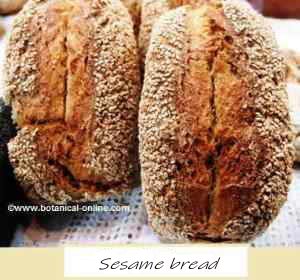
It consists of the synergistic effect between all the components of the grain. In other words: whole flour (contains all the ground grain) has nutrients that improve the nutritional quality of bread, while fermentation increases the bioavailability of bread nutrients:
- The whole flour contains up to 50% starches, in addition to fiber, proteins, a certain amount of essential fatty acids present in the germ, and vitamins and minerals such as potassium, magnesium or calcium.
- In the composition of white flour, the percentage reaches 75% of starches, and the other nutrients are found in lower amounts.
- Whole wheat bread is richer in B vitamins, which are necessary for metabolism, help digest and assimilate carbohydrates and feel energetic.
- Whole wheat bread contains more riboflavin (vitamin B2), a vitamin that stimulates the body’s production of insulin and helps regulate blood sugar.
- The vitamin B6 present in whole flour helps to absorb the amino acids that the cereal gives us.
- Whole wheat bread is richer in minerals such as zinc, which are part of our body’s digestive enzymes.
- Whole wheat bread is richer in fiber. Consuming it daily contributes a lot of fiber to our diet, with laxative properties, which help form bulky stools and prevent constipation.
Differences between whole wheat and white bread
The main differences are: fluffiness, density, flavor, salt content and nutritional content.
Fluffy white and whole wheat bread
Whole wheat bread made with natural yeasts is fluffier and moister. During the long fermentation process, yeasts form gases that are retained by the components of the flour, mainly by gluten:
- Gluten forms a “network” that retains water (moister loaves), and with a high capacity to retain the leavening gas of yeasts (increases dough in volume). This process takes hours.
- Because it is more humid, whole wheat bread keeps longer and does not become stale for a few days.
- We will not notice the fluffiness and moisture of whole wheat bread in white bread or in reconstituted whole wheat bread (white bread to which bran or other fibers are added).
- In addition, the quality of industrial bread flours is usually lower (they contain less gluten), so they have less fluffiness and are usually drier breads.
Whole wheat bread is denser
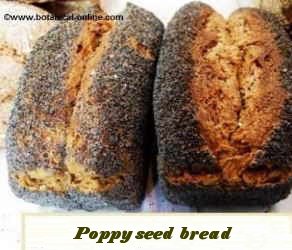
In the outer layers of the grain (are not present in white flour) there is an enzyme that acts on gluten: glutenase. It breaks down gluten into glutenin and glycine. The breakdown of gluten during fermentation makes the bread fluffier and denser.
Flavor of whole wheat and white bread
The flavor of whole wheat bread is more acidic than that of white bread because the enzymes contained in the yeast (lipase and lipoxidase) break down the fats of the whole grain germ, releasing fatty acids. This process takes 4-6 hours.
White bread has a neutral taste, totally different from whole wheat bread. As it does not contain the germ of the grain, it does not have the fats of the cereal and it has practically no acidity.
Salt content of all types of breads
In this section it is worth noting the large amount of salt that all types of bread contain:
- Bread contains 5 g. sodium per 100g.
- The unsalted bread contains only 2 g. of sodium.
- To compensate for the high sodium content of bread, it is recommended to eat it in adequate quantities and adding, on top of or inside the sandwiches, aromatic spices, rich in potassium, which help eliminate sodium (thyme, rosemary, cumin, pepper, etc.).
- People with hypertension should not exceed 2,000 mg. daily sodium: a 100g sandwich. of bread already provides a quarter of all the recommended salt per day.
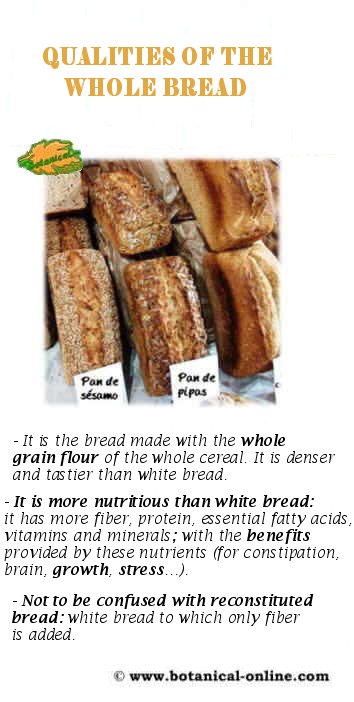
Summary sheet with the distinctive properties between whole wheat bread and white bread
Whole wheat bread and the absorption of calcium and iron
- Whole wheat bread has higher amounts of phytic acid or phytates (present in the outer layer of the grain), which in the body prevent the absorption of calcium.
- It is scientifically proven (in vitro) that phytic acid prevents the absorption not only of calcium, but also of other minerals such as iron. According to these in vitro experiments, whole wheat bread has antinutrient components.
- But within the natural and living context of bread, in in vivo studies, whole wheat bread contains enzymes (phytases) that neutralize the action of phytic acid during the fermentation of the dough.
- Phytases break down phytic acid into inositol and phosphoric acid, reducing the anti-nutritional effects of whole wheat bread. This fermentation takes place in a few hours, so a slow fermentation with natural yeast is necessary for this change from phytic acid to inositol to occur.
Refined bread loses nutrients
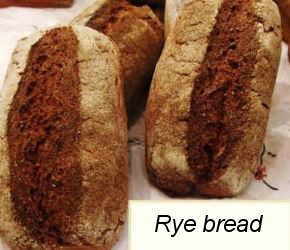
In third world countries, where the consumption of cereals and bread was almost exclusive, years ago there was an epidemic due to a deficiency of thiamine (vitamin B1): the beri beri disease.
This disease consists of muscular and nervous system paralysis, and the cause of this epidemic was the exclusive consumption of refined cereals, since in the husk is where the most amount of vitamin B1 is found.
Currently, white bread is enriched with synthetic vitamin B1 to avoid this deficit, which is a great advance, but unnecessary in countries where food is widely available and where whole bread can be consumed, with unrefined flour and all its other nutrients.
Do we know what we eat?
Currently in supermarkets very cheap breads abound, which are not recommended at a nutritional or socioeconomic level. Yeasts are added to this type of bread so that the fermentation is fast, in the best cases, a couple of hours.
This is possible due to the use of raising agents, oxidizing agents, bleaching flours, and a whole series of additives that produce a result that is not similar to traditional bread and with none of its properties.
White bread is more addictive
White bread is sweeter, less acidic, more salty and has to be chewed less than whole wheat. All this increases its palatability, that it is consumed in greater quantity and that it has a more pleasant taste.
More and more studies are evaluating the role of this food in the diets of people with eating behavior problems. The Yale Food Addiction Scale, following an exhaustive study, has classified white bread as an addictive food, along with chocolate, ice cream, soft drinks and French fries.
Whole wheat bread, more satiating
In whole wheat bread dough only 4 ingredients are added: water, whole wheat flour, yeast and salt. It has a dense texture that forces you to chew, which provides satiety. Its fiber and its flavor, sweet and slightly acid, also contribute to this satiating effect.
Although it provides practically the same calories as white bread, due to the aforementioned characteristics, it is a more nutritious food that will probably not cause us to consume it in excess, as it can easily happen with white bread.
Reconstituted bread, rich in fiber but not whole grain
The whole wheat bread that is sold in many bakeries is a mixture of wheat bran or other fibers and white flour, which is not made with whole flour and does not provide the properties of whole wheat bread.
Where to buy fermented whole wheat bread?
We recommend talking to local bakeries until you find the one that produces the best quality bread and transmits greater confidence in their products. Ask about the fermentation time, the origin of the flour…
* Related information:
– Whole cereals against refined cereals
– Is kiwi good or bad for diabetes?
– Bad food for intestinal flora
– Characteristics of dietary fiber
![]() More information on benefits of fiber, weight loss and diets
More information on benefits of fiber, weight loss and diets

